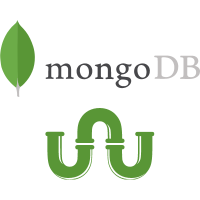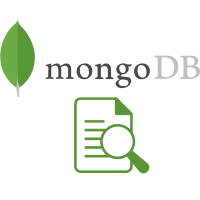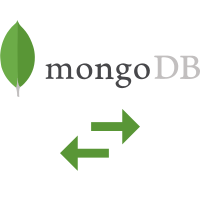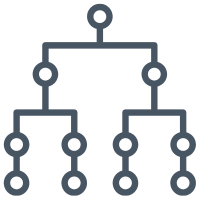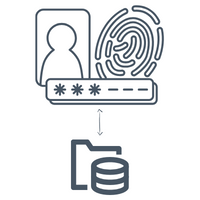Getting started with Memcache for PHP
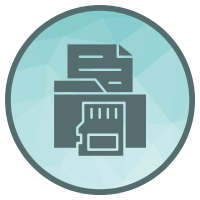
Memcache is a caching system that stores data in memory to make applications faster and more efficient. It works across multiple languages, including PHP, Python, Ruby, and others. In the context of PHP, it can reduce database load and speed up page rendering by keeping frequently accessed data available in memory. This article focuses on how to use Memcache specifically with PHP.
